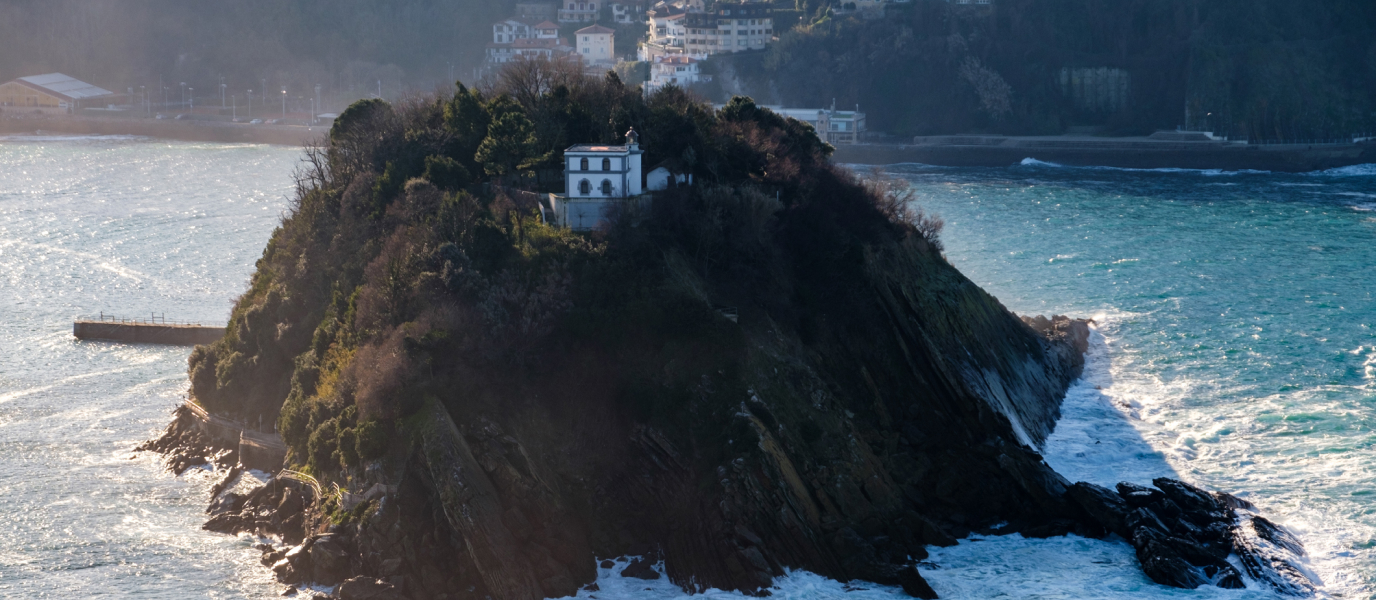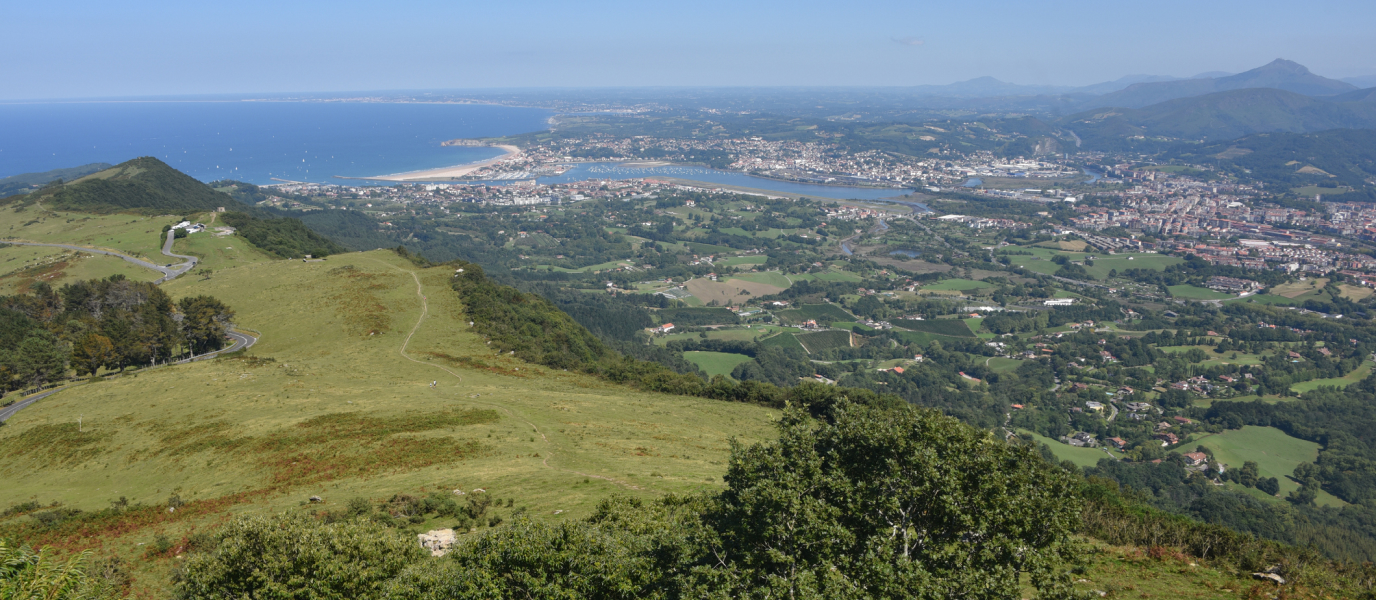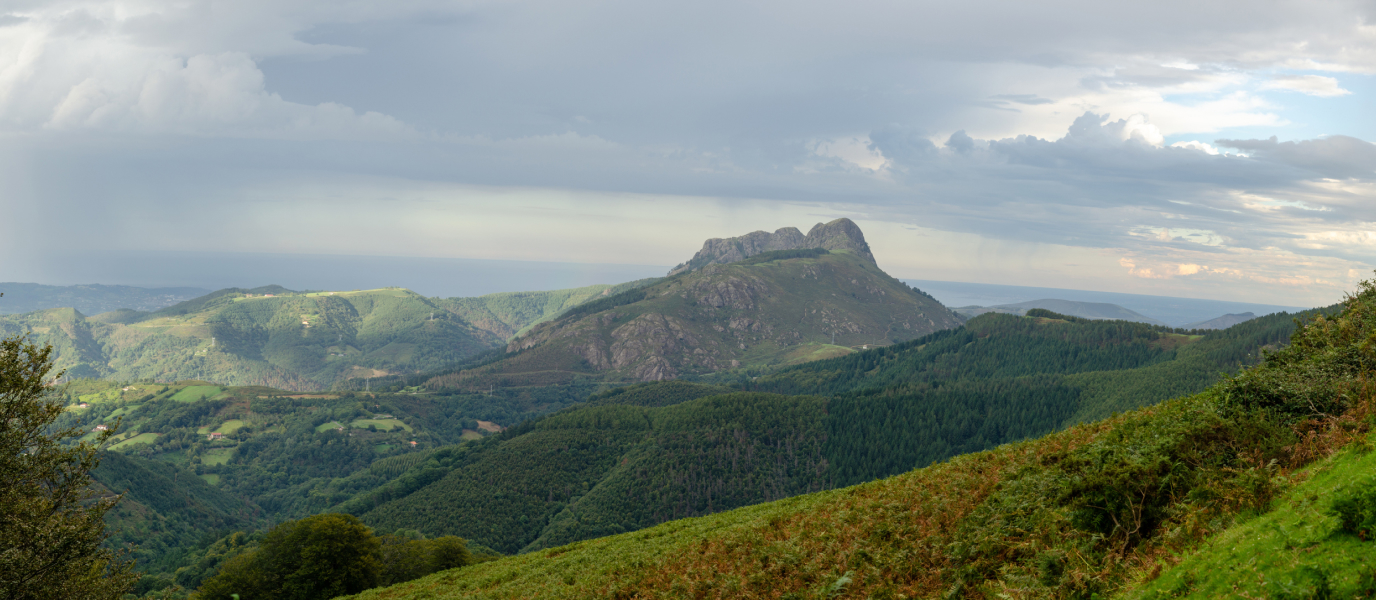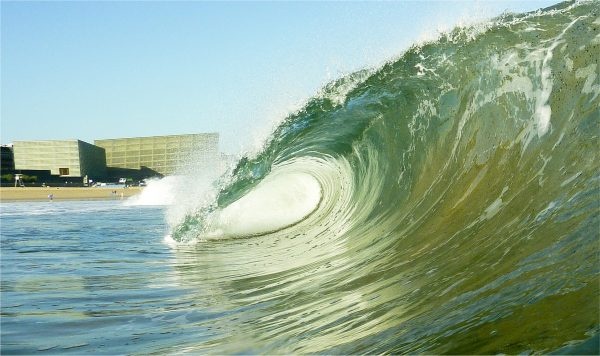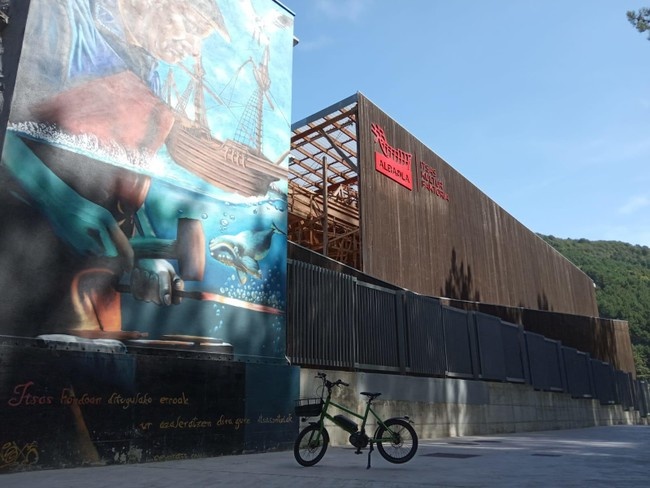Santa Clara Island is very much a part of San Sebastián’s identity. Anyone who walks along Playa de la Concha will feel its imposing presence in the middle of the bay, sheltering the bourgeois and majestic city of San Sebastián from the wild force of the Cantabrian Sea. The rocky island measures little over five hectares. Looking onto the city’s main beach, and flanked on either side by Monte Igueldo and Monte Urgull, it constitutes the most iconic landscape in the Gipuzkoan capital.
It’s worth making time to visit the island and you have several options for getting there including boat, kayak, SUP or even swimming. After all, Santa Clara Island is only around 500 metres from the coast.
The island has lush vegetation and a winding hillside path that takes you to a lighthouse. It’s also a great spot for birdwatching. From the highest point on the island you’ll be treated to views over the Cantabrian Sea to the north, and the magnificent bay and the city at the other side.
Santa Clara Island by boat
The most popular way to get to the island is of course by boat, and the family company Motoras de la Isla has been taking people there for almost 80 years. There are daily sailings from June 1st to September 30th, during Holy Week and on other public holidays throughout the year.
Choose from a direct route to the island or a trip around the bay in a glass-bottom boat. You’ll depart from the Real Club Náutico, situated at the eastern end of the bay at the foot of Monte Urgull, before mooring at the small jetty on the island.
Swimming, and other ways to reach the island
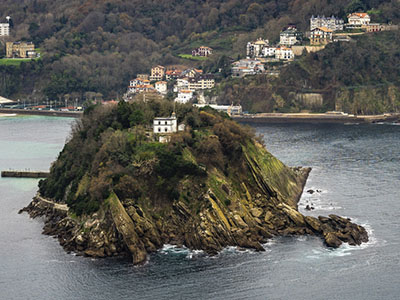
The waters in the bay are relatively calm given the island provides protection from the wild and powerful Cantabrian Sea, even on the stormiest of days. While swimming out to the island isn’t particularly dangerous – it’s only half a kilometre from the coast – you should use your common sense and be aware of your own limits. The safest times are during summer and in good sea conditions.
If you’re in good shape and the sea conditions are favourable, there’s no reason why you can’t tackle the swim. It’s best to start from Playa de Ondarreta, at the western end of the bay at the foot of Monte Igueldo. The 406 metres between this beach and the island are the shortest way to get there.
After around 200 metres you can rest on one of the floating platforms (summer only) and have some fun on the slides before completing your crossing. From the platforms, make a beeline for the island’s small harbour and head to the beach bar for a well-earned refreshment.
You might decide to get to the island by kayak, SUP or even in a good-quality inflatable dinghy, provided the conditions are optimal.
What to see on the island
The picturesque Santa Clara Island is so small that you can enjoy all its charms in a single day. You’ll also find basic services including a bar/restaurant, showers, toilets, lifeguards and picnic tables.
Beach and natural swimming pool
The access point to the island is at the small jetty, to the right of which is a tiny but popular beach which is only exposed at low tide. If you want some beach time while on the island, be sure to check the tide times before making the trip.
If you get to the island at high tide though, don’t worry. It’s the perfect opportunity to enjoy the natural pool at the end of the beach and to watch as it’s flooded by the sea.
Beach bar on Santa Clara Island
The island’s beach bar has fantastic views towards Playa de la Concha and offers a range of snacks and refreshments, including sandwiches, paellas, coffees and ice creams. You’ll return to dry land fully satisfied!
The lighthouse
Don’t forget to explore the island while you’re there. There’s an easy path that takes you to the highest point and the lighthouse. Along the way you’ll pass picnic areas surrounded by greenery and enjoy some unbeatable views. The lighthouse dates back to 1864 and was built where the San Bartolomé hermitage once stood. The light flashes once every five seconds.
The best way to enjoy this part of the island is to simply relax in the beautiful scenery that surrounds you and take in the spectacular views.
Some history
Santa Clara Island was declared a Historical Centre of National Interest more than 50 years ago and has had its fair share of ups and downs throughout history.
Around the 14th century a hermitage was built in honour of Santa Clara and later renamed after San Bartolomé. Today, nothing remains of the hermitage – it was destroyed by French troops during the Spanish War of Independence (1813).
The island became a place of quarantine for the sick when the plague devastated the Iberian Peninsula in the late 16th century.
Ownership of Santa Clara Island was transferred by the state to the Town Hall of San Sebastián in 1968.
Wildlife
Santa Clara Island is home to an endemic species: the Iberian San Sebastián lizard (Podarcis hispanicus sebastiani). It also provides habitat for a seagull colony, and don’t be surprised if you spot other species including shag, guillemot or peregrine falcon.




































































